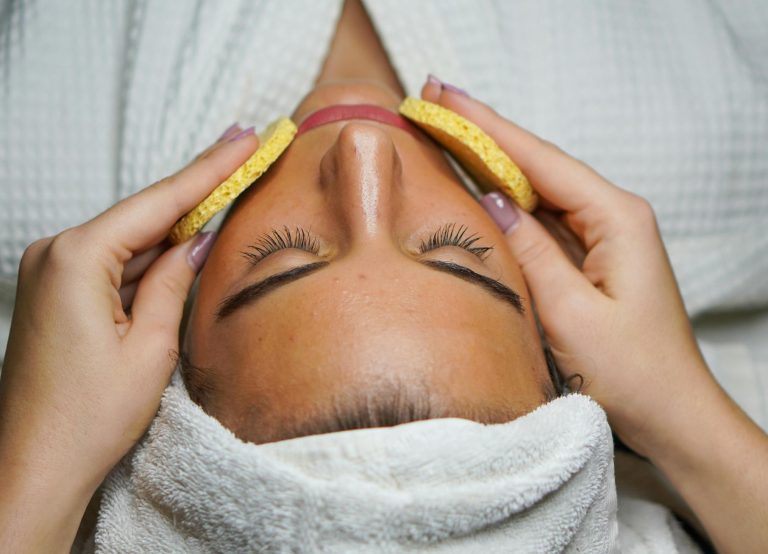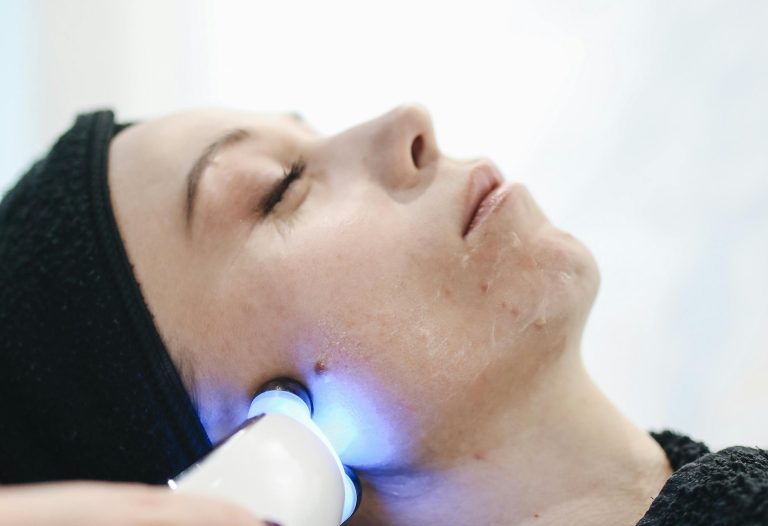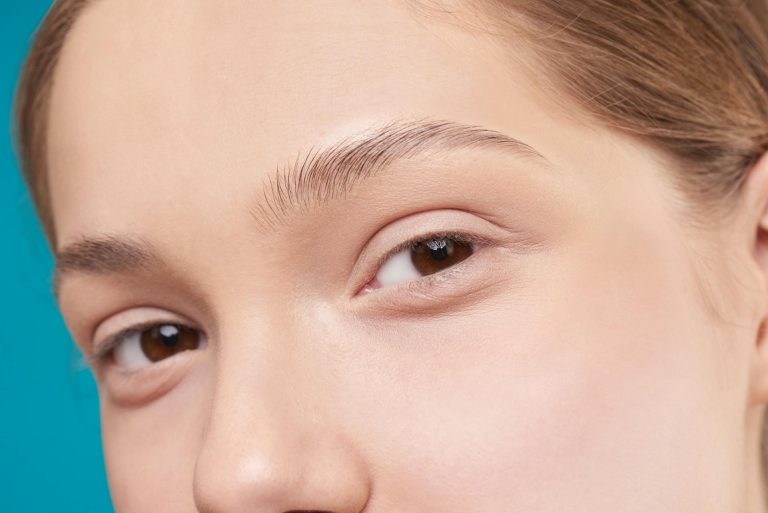Chemical peels have long been a go-to solution for skincare enthusiasts and professionals alike. In this comprehensive article, we’ll explore everything you need to know about Chemical Peels. From understanding what chemical peels are to the treatment process and post-treatment care, we’ve got you covered. Get ready to embark on a journey towards a rejuvenated and glowing complexion!
Chemical Peels: What Are They?
Let’s start by demystifying chemical peels. What exactly are they? Chemical peels are skincare treatments designed to exfoliate the skin’s top layer, revealing a fresher, more youthful appearance beneath. They work by applying a solution composed of various acids, such as glycolic, salicylic, or lactic acid, to the skin. These acids gently dissolve the dead skin cells, unclog pores, and stimulate collagen production.
The Types of Chemical Peels
- Superficial Peels: These are mild peels that target the outermost layer of the skin. They are suitable for addressing minor imperfections and can be performed more frequently.
- Medium Peels: Medium peels penetrate deeper into the skin, targeting moderate skin issues, such as acne scars or hyperpigmentation.
- Deep Peels: Deep peels are the most intensive, targeting severe skin concerns like deep wrinkles or sun damage. They require a longer recovery time and should be done by experienced professionals.
Benefits of Chemical Peels
Chemical Peels offer a plethora of benefits that go beyond just achieving smooth skin. Let’s explore some of the advantages of this remarkable treatment.
1. Rejuvenated Complexion
Chemical peels work wonders in rejuvenating your complexion. By removing dead skin cells and promoting collagen production, Chemical Peels can leave you with a fresh, youthful glow.
2. Reduced Signs of Aging
As we age, our skin tends to show fine lines and wrinkles. Chemical Peels can help minimize the appearance of these age-related concerns, giving you a more youthful appearance.
3. Even Skin Tone
Hyperpigmentation and sunspots can be a source of frustration. With Chemical Peels, you can bid farewell to these uneven skin tone woes, revealing a more even complexion.
4. Acne and Blemish Control
For those struggling with acne and blemishes, chemical peels can be a game-changer. They help unclog pores, reduce acne breakouts, and improve overall skin texture.
5. Enhanced Product Absorption
After undergoing Chemical Peels, your skin becomes more receptive to skincare products, allowing them to penetrate deeper and work more effectively.
The Chemical Peels Treatment Process
Now that we’ve explored the amazing benefits, let’s delve into the treatment process itself. Understanding what to expect during the procedure will help you prepare for your Chemical Peels journey.
1. Initial Consultation
Before undergoing any skincare treatment, a consultation with a qualified professional at That Face Place is essential. During this session, your skin will be evaluated to determine the most suitable type of chemical peel for your specific concerns.
2. Preparing for the Peel
Your skincare specialist will provide you with pre-treatment instructions to follow in the days leading up to your Chemical Peels session. These instructions may include avoiding certain skincare products or treatments.
3. The Peel Procedure
On the day of your treatment, you’ll be comfortably positioned, and the chemical peel solution will be applied to your skin. The duration of the procedure will depend on the type of peel chosen.
4. Sensation and Comfort
During the application, you may experience a mild tingling or burning sensation. However, your skilled practitioner will ensure your comfort throughout the process.
5. Neutralization and Aftercare
After the desired time has passed, the chemical peel will be neutralized, and any residual solution will be gently removed. Your specialist will then provide you with post-treatment care instructions.
6. Post-Treatment Care
Following Chemical Peels, it’s crucial to adhere to the post-treatment care regimen provided by your skincare expert. This will help optimize your results and promote smooth healing.
Post-Treatment Care: Essential Do’s and Don’ts
Taking proper care of your skin after Chemical Peels is essential to ensure optimal results and avoid complications. Here are some do’s and don’ts to keep in mind:
Do’s
- Moisturize Regularly: Keep your skin well-hydrated to support the healing process and maintain its newfound radiance.
- Wear Sunscreen: Shield your skin from harmful UV rays by applying sunscreen daily. This will also help prevent hyperpigmentation.
- Follow Professional Advice: Listen to your skincare specialist’s recommendations and attend any follow-up appointments.
Don’ts
- Picking or Peeling Skin: As tempting as it may be, avoid picking or peeling the skin during the healing phase to prevent scarring and infections.
- Excessive Sun Exposure: Steer clear of direct sun exposure, especially during the initial days after the peel, when your skin is more sensitive.
- Using Harsh Products: Refrain from using products containing retinol or alpha hydroxy acids immediately after the peel.
Frequently Asked Questions (FAQs)
- Can Chemical Peels treat all skin types?
Absolutely! Chemical Peels are suitable for all skin types, but the type and depth of the chemical peel will be tailored to your individual needs and concerns.
- Is there any downtime after the Chemical Peels treatment?
The downtime will vary depending on the type of peel you undergo. Superficial peels may have little to no downtime, while deeper peels may require several days of recovery.
- Are chemical peels painful?
While you may experience some mild discomfort during the procedure, it is generally well-tolerated. Your skincare specialist will ensure you are as comfortable as possible.
- How soon can I see results?
The results of Chemical Peels are not immediate. You may start noticing improvements after a few days, with optimal results becoming evident in the following weeks.
- Can I combine Chemical Peels with other treatments?
Yes, chemical peels can be combined with other skincare treatments as part of a comprehensive regimen. However, it’s essential to consult with your skincare expert before doing so.
- Is Chemical Peels safe?
When performed by a qualified professional, Chemical Peels are a safe and effective treatment with minimal risks.
Conclusion
Congratulations! You are now well-versed in the world of Chemical Peels, the secret behind fresh and flawless skin. With its ability to rejuvenate, reduce signs of aging, and even out your complexion, chemical peels are a game-changer in the realm of skincare.
If you’re ready to embrace a new level of radiance, book your Chemical Peels treatment with That Face Place today. Unlock the full potential of your skin and rediscover the confidence that comes with a luminous and youthful glow.
Don’t wait any longer; your journey to radiant skin starts now!










